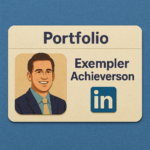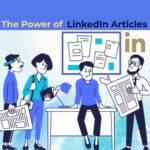LinkedIn is an excellent platform to get qualified leads. However, how do you approach a potential lead? How do you connect with them directly? LinkedIn messages are an excellent tool, but many marketers fail to send the right message to their audience.
LinkedIn messages are a highly effective tool, but they can seem like a waste of time when you don’t have a strategy. Sending the same messages repeatedly with little to no personalization is unlikely to get you any significant results.
Many businesses make the mistake of confusing cold messages with LinkedIn messages. Understanding the difference between the two is especially important and Growth-X offers some insight into writing LinkedIn messages.

As Head of Customer Success, Lusine specializes in helping businesses achieve measurable growth by transforming underperforming campaigns into success stories. Lusine writes impactful articles that reflect her deep expertise in social media strategy and digital marketing, offering insights that drive engagement and deliver results. Combining data-driven analysis with a focus on client success, she makes sure every strategy aligns with business goals and exceeds expectations


The digital-first professional landscape requires a strong online presence, and it is crucial for career growth. LinkedIn stands out as the premier platform for building your professional brand.…

Nowadays, digital marketing and personal branding on social media platforms have become a vital tool for professionals and businesses. Among these, LinkedIn stands out as the preeminent platform…

When people think of LinkedIn, they often picture a place for job updates and networking. But today, LinkedIn has become much more than that. It’s now one of…